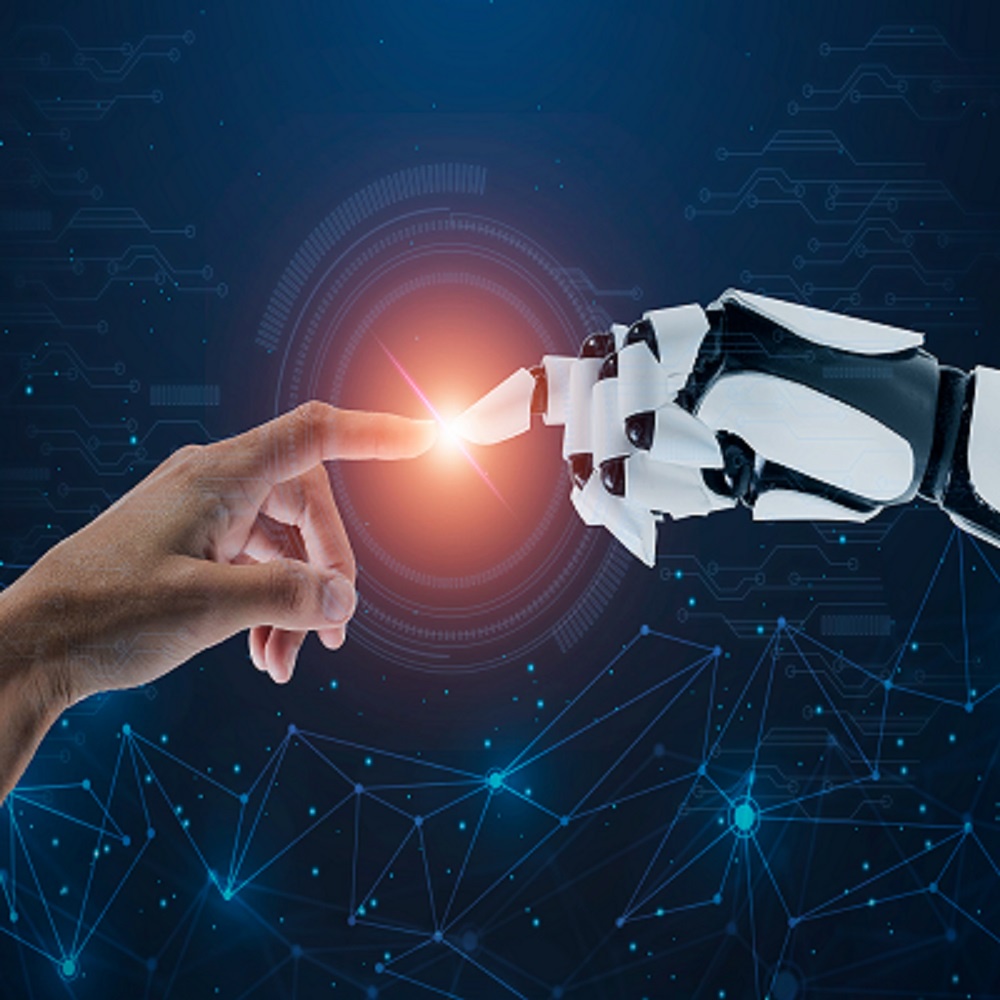Introduction: Exploring the Diversity of AI
In our ever-evolving digital landscape, Artificial Intelligence (AI) stands as a beacon of innovation, offering solutions to complex problems and reshaping industries. But within this vast realm lie distinct types of AI, each with its own characteristics and potential. Join us on a journey to demystify AI, understanding its various forms and how they impact our lives.
1. Narrow AI (Weak AI): Specialized Solutions for Specific Tasks
Definition:
Narrow AI, also known as Weak AI, is like a specialist in a particular field. It's designed to excel at specific tasks within a predefined scope, lacking the broad understanding of human intelligence.
Characteristics:
- Tailored Solutions: Narrow AI focuses on solving specific problems, whether it's predicting stock market trends or recognizing speech patterns.
- Personalized Assistance: Think of virtual assistants like Siri or Alexa—they're adept at understanding your commands but wouldn't excel at philosophical debates.
- Examples: Your favorite recommendation algorithms, fraud detection systems, and even the spell check on your phone—all powered by Narrow AI.
Real-world Impact:
- Imagine getting personalized recommendations on your favorite streaming platform or having your email inbox automatically filter out spam—Narrow AI makes these everyday conveniences possible.
2. General AI (Strong AI): A Quest for Human-like Intelligence
Definition:
General AI, or Strong AI, is the holy grail of AI research—a system that possesses the breadth and depth of human intelligence.
Characteristics:
- Versatility: General AI can tackle a wide range of tasks with the same level of expertise, akin to the multifaceted capabilities of the human brain.
- Autonomous Learning: These systems can learn from experience, adapt to new situations, and even innovate—a feat that sets them apart from their Narrow AI counterparts.
- Examples: While we're not quite there yet, think of the intelligent robots and supercomputers portrayed in science fiction—they embody the potential of General AI.
Potential Applications:
- From automating repetitive tasks to making groundbreaking discoveries in fields like healthcare and research, General AI holds the promise of revolutionizing nearly every aspect of our lives.
3. Machine Learning (ML): The Power of Data-driven Insights
Definition:
Machine Learning is like a diligent student, learning from examples and experience to improve its performance over time.
Characteristics:
- Learning from Data: ML algorithms sift through vast amounts of data to identify patterns, make predictions, and optimize outcomes.
- Personalized Experiences: Whether it's recommending your next Netflix binge or predicting your shopping preferences, ML algorithms tailor experiences to your unique tastes.
- Examples: Chatbots that understand natural language, self-driving cars that navigate through traffic, and personalized product recommendations—all powered by Machine Learning.
Real-world Impact:
- ML algorithms are the backbone of countless applications, from predictive analytics that optimize supply chains to medical diagnosis tools that identify potential health risks.
4. Deep Learning: Unlocking the Potential of Neural Networks
Definition:
Deep Learning is like peeling back the layers of a complex problem to reveal its hidden intricacies.
Characteristics:
- Layered Approach: Deep neural networks consist of multiple layers, each extracting increasingly abstract features from the input data.
- Unsupervised Learning: These systems can uncover patterns in unlabeled data, allowing them to make sense of complex, unstructured information.
- Examples: Image recognition systems that identify objects in photos, speech recognition software that transcribes spoken words, and autonomous vehicles that navigate through city streets—all powered by Deep Learning.
Real-world Impact:
- From revolutionizing healthcare with medical imaging diagnostics to enhancing security with facial recognition technology, Deep Learning has permeated nearly every facet of modern life.
Conclusion: Embracing the Promise of AI
In conclusion, the diverse types of Artificial Intelligence paint a vivid picture of innovation and possibility. Whether it's the specialized solutions of Narrow AI, the quest for human-like intelligence in General AI, the data-driven insights of Machine Learning, or the intricate patterns unveiled by Deep Learning, AI has the power to transform our world in profound ways. By understanding and harnessing the capabilities of different AI types, we can unlock new frontiers of knowledge, creativity, and human progress.


No comments yet